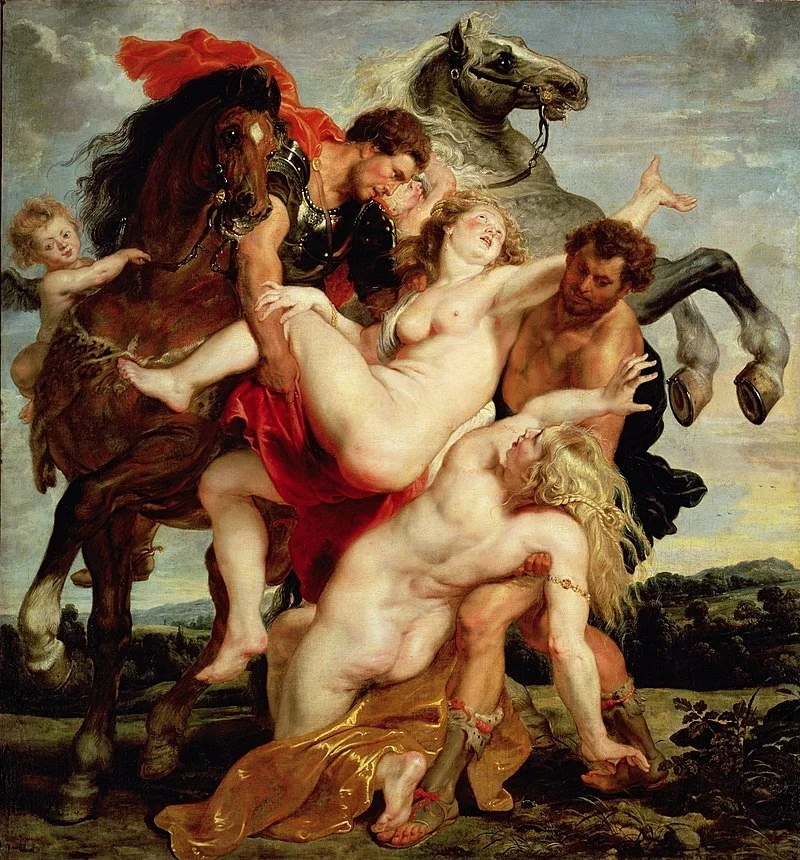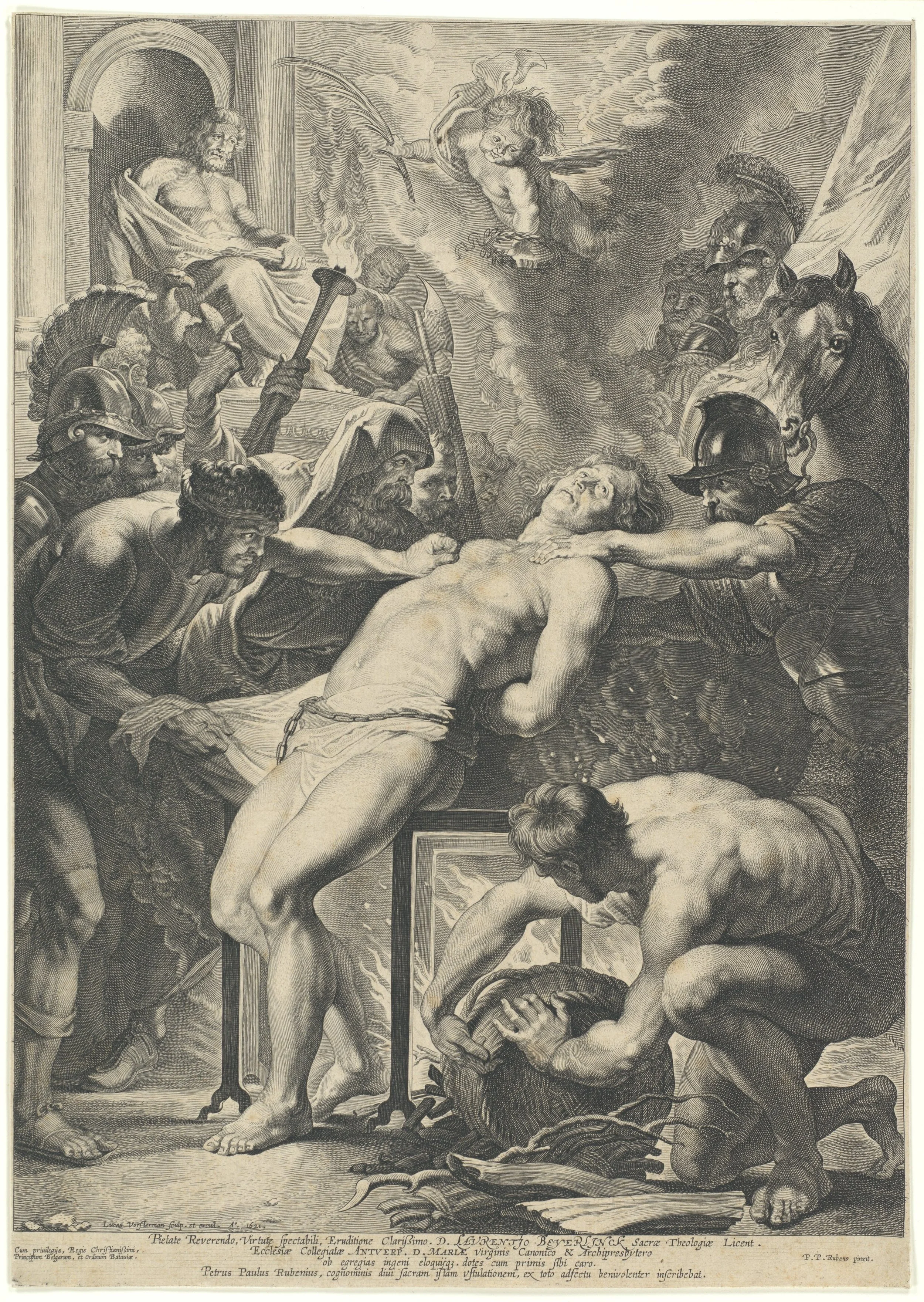The Groove Issue 123 - Why You Should Focus on This One Thing
WHY YOU SHOULD FOCUS ON THIS ONE THING
If there’s a group of people in the first two decades of the 21st century that will be highlighted for posterity, it’ll be tech entrepreneurs. The advances, social and cultural changes, innovations, and wealth that people like Steve Jobs and Bill Gates have generated is unrivaled.
But there’s another group that never in the recorded history of humanity has captured so much attention and money as they’ve done in the last 22 years: contemporary artists.
While it is true that not every artist has been surfing this wave, and not every artist will (much in the same way that not every entrepreneur will be as successful as Jeff Bezos), it is also true that in my 13 years working as an art advisor acquiring art and building the collection of many dozens of serious collectors around the world, I never imagined I would witness the speed and volume at which fame and fortunes have been made in artists’ studios.
One factor that is constantly present in both successful artists and entrepreneurs’ practices is how they have harnessed the power of relationships. Nobody can do anything meaningful alone.
But this isn’t new, regardless of how much AI, chatGPTs, or isolating plagues threaten our innate need to rely on others for expertise, help, community, and connection. Relationships will always form the foundation upon which our businesses and careers flourish or falter.
Peter Paul Rubens knew this all too well, despite that in the Belgium of the 17th century, he didn’t have any of the tech resources we have today. Becoming the epitome of the artist-entrepreneur 400 years before that was a thing, Rubens lived a formidable life that was cemented on his relationships.
Focus on the People You Meet and the Things You Can Do Together
The Honeysuckle Bower is a self-portrait of Rubens and his first wife Isabella Brant c. 1609, now part of the permanent collection of Alte Pinakothek, Munich.
Some things never change. Margaret J. Wheatley put it so clear in her book Leadership and the New Science: “Relationships are all there is. Everything in the universe only exists because it is in relationship to everything else. Nothing exists in isolation. We have to stop pretending we are individuals that can go it alone.”
Rubens represented this quote in full glory. He was born in Cologne, Germany in 1577 after his parents fled Antwerp due to increased religious turmoil and persecution of Protestants. A series of misfortunes, including posting bail for Rubens’s incarcerated father who died when the artist was nine, left the family in a precarious situation but also pushed them to return to Antwerp where they had built a good network of friends and connections.
Maria Pypelinckx, Rubens’ mother, got him a job assisting a member of the nobility when he was 13. While he despised the job, he learned the power of what having good relationships can do for you. And when he quit to pursue painting apprenticeships, he made a point not only to connect and learn from as many great people as possible, but also to polish his language skills. Latin, Spanish, English and French alongside his native Flemish opened doors and relationships for Rubens in ways that would pay off handsomely for him in the future.
Rubens’ last master, Otto van Veen, loved his pupil’s talent, discipline and good disposition and introduced him to the court of Flanders. And after having built good relationships with his higher-ups and the royals, Rubens left for Italy. First visiting Venice, then settling in Mantua where he was hired by Duke Vincenzo I Gonzaga to serve in his court as a painter in 1600.
The duke realized that Rubens was excellent at making people do things; he was persuasive and kind, able to keep everyone happy while doing his work at the same time. In other words: he was very good at both painting and relationships, and in 1603 the duke sent Rubens on a sensitive diplomatic mission to Spain, to the court of King Philip III. This would be the beginning of Rubens’ diplomatic career.
Surround Yourself with People Who Are Smarter Than You
The Rape of the Daughters of Leucippus is a 1618 painting by Peter Paul Rubens and his collaborator Jan Wildens.
Industrialist, art collector and philanthropist Andrew Carnegie once suggested that his epitaph should read, "Here lies a man who was able to surround himself with men far cleverer than himself." While it sounds like false modesty, the truth is that he hired the best executives to help him grow US Carnegie Steel, which he sold to JP Morgan in 1901 for $400 million. This principle was true for Rubens too.
After nine years living in Italy and Spain, Rubens went back to Antwerp when he knew of his mother’s illness, unfortunately arriving too late.
Upon his return, Rubens realized that his years abroad had created a reputation among the powerful and wealthy art patrons as a man of exceptional abilities, not only through his brush but also through his words and his ability to build connections with others.
As he got acclimated, the highest local nobility, Albert, Archduke of Austria, and his wife, Isabella of Spain, took heed. They appointed Rubens as court painter in September 1609. They also exempted him from all taxes and guild restrictions, and he didn’t have to carry any official duties in Brussels. What a deal!
Rubens got married, bought a house in which he developed his studio, and invited people to work for him as pupils, assistants and collaborators.
Here’s where the fame and fortune of Rubens multiplied exponentially: he brought to Antwerp the Italian idea that a painting's merit is all about the artist's creative imagination, and that the actual production of it can be by trusted pupils. Assistants showed up in droves at his door because they wanted to learn with Rubens but also because Rubens hired the best people and paid them well. He wasn’t afraid of building a team with painters who were as good or better than he was.
He would typically create the initial sketch or drawing for a piece, and then his assistants would work on the underpainting and final details. He oversaw the progress of the work and made final revisions. Rubens tackled the more important or complex parts of a painting himself, such as the heads and hands of figures, while delegating the less important parts, such as the backgrounds and clothing, to his assistants.
This not only sped up his production, but also formed new generations of excellent painters who had enormous freedom while working for Rubens. Anthony van Dyck was one of his assistants who went on to become the leading court painter in England in the mid-1600s.
Having the smartest people in your circle will only help expand yours.
Business and Art are Human Enterprises
Lucas Vorsterman, who had been practicing as an engraver from the age of twelve, was the first engraver to work for Rubens. In 1621, Vorsterman made this engraving, showing Rubens's painting of the Martyrdom of Saint Lawrence, this marked the beginning of a series of collaborations between the two.
Keith Ferrazzi told us in his book Never Eat Alone that “Today’s most valuable currency is social capital, defined as the information, expertise, trust, and total value that exist in the relationships you have and social networks to which you belong.”
Yes, you have to be good at your craft, but that’s just one piece of the puzzle.
Pretty much in the same way that being the CEO of any business requires a solid network of relationships with vendors, bankers, clients and employees, Rubens was the ultimate CEO of his enterprise and took every opportunity he had to expand and scale his business. The critical aspect behind his success was that people ultimately liked Rubens.
In 1618, he became the first Flemish artist to launch a printmaking business, multiplying the money earned from the engraving and printing of his designs. These were sold and disseminated all over Europe, increasing his fame and, at the same time, acting as marketing devices for his already well-established name. Meanwhile, private commissions from kings, queens, churches, and friends never stopped coming.
It is estimated that Rubens produced some 2,500 paintings in the thirty years that he remained in Antwerp (not counting prints and tapestries), something quite remarkable even by today's standards. His success was grounded on him being both Henry Kissinger and Andy Warhol in one.
Consider your talents the fundamental block of your business or career, but know that the evolution and extension of your work is a function that will expand or contract depending on the quality and quantity of your relationships. This, regardless of the time, will always prevail.
UNLEASH YOUR CREATIVE GENIUS
I’ve put together a free webinar for those of you who are not members of my online course, Jumpstart.
If you’d like to watch it, please register here (it’s on auto-repeat every 15 minutes once you have registered).
HOW CREATIVITY RULES THE WORLD
My book was chosen by the Next Big Idea Club as one of the top books of creativity of 2022!
Have you gotten yours yet? If you enjoy this newsletter you will love my book!
How Creativity Rules The World is filled with practical tools that will propel and guide you to help you get any project from an idea to a concrete reality.
It’s in three formats: hardcover, eBook and audiobook.
TEDX TALK
Have you already watched my TEDx Talk: “NFTs, Graffiti and Sedition: How Artists Invent The Future”?
I share three lessons I have learned from artists that always work for anyone in their careers. Watch it here.



